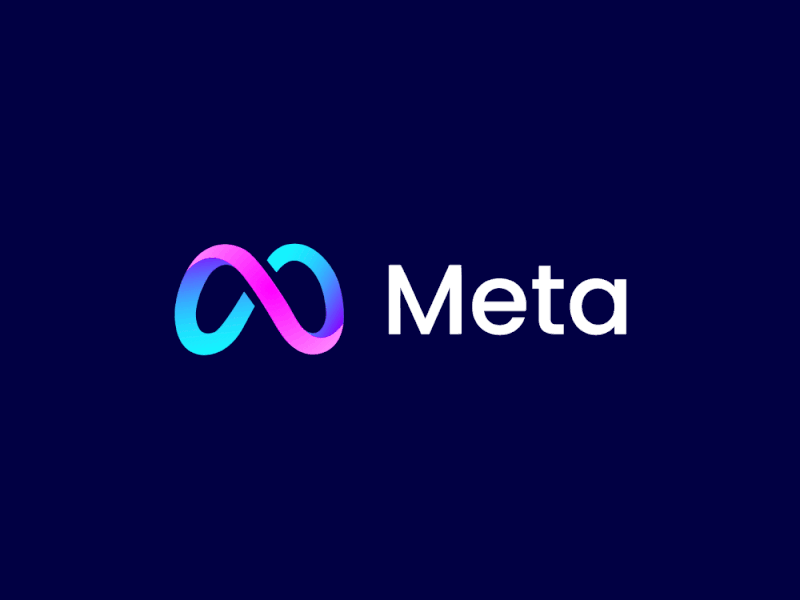I had a client case that looked great: leads were coming in, ads were running, CPA looked steady.
Then we checked the CRM…
Wow. 40% of Meta leads were junk. Forms were submitted — but with fake contact info. Not a single deal closed.
Meta was bringing clicks, not buyers. Why? Tracking was built for show — not for real business outcomes.
Meta is smart, but blind. It only sees what you give it. Feed it garbage — and it’ll learn garbage, burning your budget.
Here’s why Meta tracking often fails:
• No Conversions API. Pixel sees only part of the picture. iOS users or those who don’t consent? Invisible.
• No deduplication. Meta can’t connect clicks to conversions. It assumes results didn’t happen.
• Broken/incomplete UTM tags. No way to match leads to creatives or campaigns = flying blind on your side.
• No cross-checking with GA4 and CRM. If you don’t validate data, you’re trusting a mirage.
How I fix it so Meta stops acting like a blind chef:
• Always use Conversions API. Hybrid setup: Pixel + server-side. No exceptions.
• Send both event_id and detailed user_data. Same event_id from client and server = Meta knows it’s the same action.
• Send qualified events. Not just “lead,” but “verified lead.” Pass it as a custom event via API.
• Auto-tag all links. Use {{ad.name}}, {{campaign.name}}, {{placement}} in UTMs — full visibility in GA4/BigQuery.
• Weekly reconciliations
Compare Ads Manager, GA4, and CRM. If numbers don’t match — dig.
Meta thrives on clean, timely data. If it’s missing, messy, or wrong — you’ll get poor learning, bad leads, and high costs.
Want to get all my top Linkedin content? I regularly upload it to one Notion doc.
Go here to download it for FREE.



